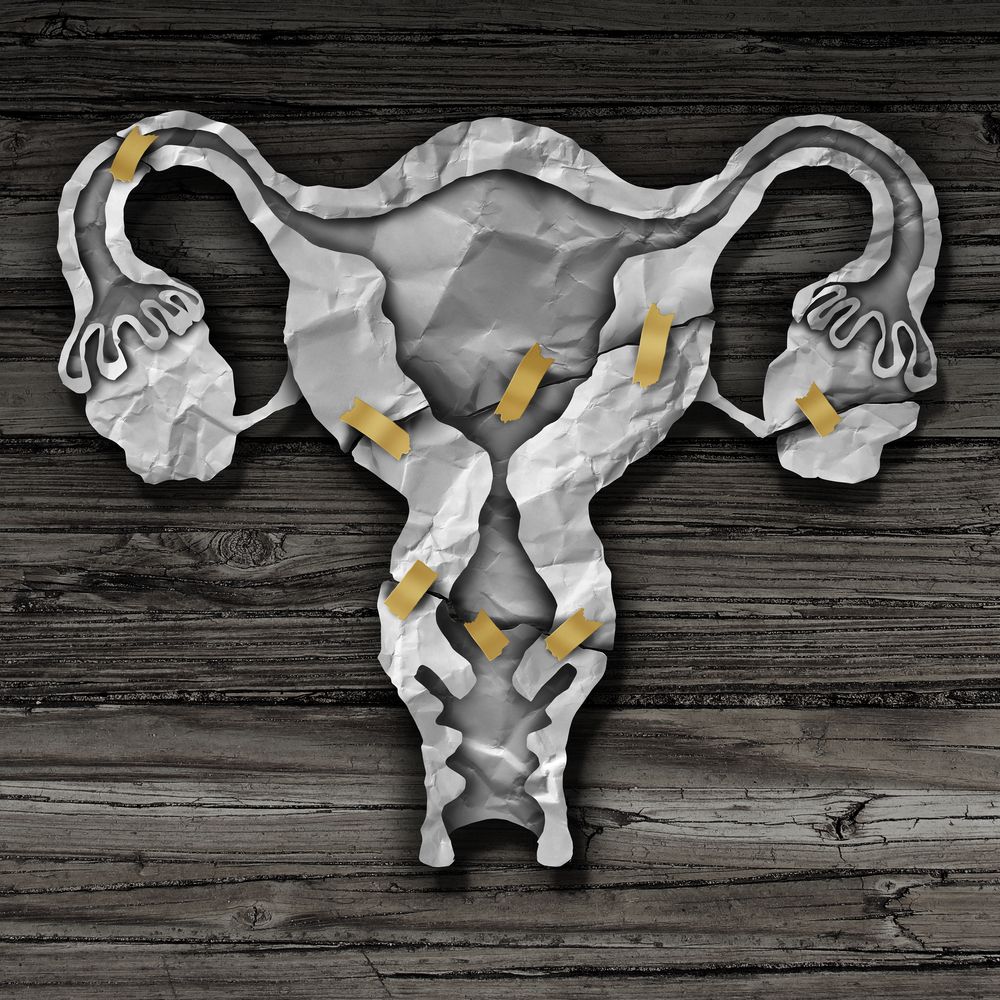Top Class Actions’s website and social media posts use affiliate links. If you make a purchase using such links, we may receive a commission, but it will not result in any additional charges to you. Please review our Affiliate Link Disclosure for more information.

However, there have been growing reports of problems with morcellation surgeries.
How Does a Power Morcellator Work?
A power morcellator is an electric instrument used in abdominal surgeries such as laparoscopic hysterectomies, myomectomies (removal of fibroids) as well as liver and spleen surgeries.
The power morcellator looks somewhat like a drill with sharp blades at the end. The primary purpose of this device is to cut up larger pieces of tissue into smaller pieces.
Doctors make small incisions in the abdomen and then insert the end of the morcellator into the incision to perform the morcellation. The offending tissue is chopped up by the morcellator and then it is vacuumed out of the body.
The benefits to such a procedure allows for smaller incisions which lead to a shorter recovery time for women. Morcellation surgery also provides for less post-operative pain and fewer wound complications.
In an estimated 11-12% of all hysterectomies performed in the U.S., power morcellation devices are used. The power morcellator device was developed to reduce the size of an enlarged uterus so that it can be removed laparoscopically.
Fibroids occur in up to 80% of women by the time the reach the age of 50. These non-cancerous fibroids account for about 40% of hysterectomy cases.
However, even though this type of procedure may seem like the best option, there are some serious problems with morcellation surgery.
Serious Problems with Morcellation Surgery
Some common problems with morcellation surgery include:
- Bleeding or infection
- Bowel obstruction
- Bruising
- Fibroid recurrence
- Oozing at incision site
- Organ damage
- Pain at incision site
- Pelvic and abdominal pain
- Muscle soreness
- Abscess
But the problems with morcellation surgery can also be much more serious. In some cases it has significantly increased cancer risks in female patients.
Because of the way that the morcellator ruptures the uterine wall during a hysterectomy, women with undetected uterine sarcoma are at serious risk of developing aggressive cancer. In essence, the morcellation procedure releases undetected cancer cells into the body where they can spread.
This issue is considered very serious because there is currently no way to detect uterine sarcoma. Some reports show that 1 in 350 women who undergo a uterine fibroid surgery using a power morcellator may have undiagnosed sarcoma and are at risk of developing aggressive leiomysarcoma.
When a power morcellator is used and a woman has undetected cancer, those cancerous cells spread throughout the pelvic cavity and abdomen and causes the disease to spread.
Even if there is no cancer, as a result of the morcellation tissue fragments can also spread throughout the abdomen can cause growth on other organs of the body. This leads to pain and swelling and perhaps more surgery.
Do YOU have a legal claim? Fill out the form on this page now for a free, immediate, and confidential case evaluation. The morcellation cancer attorneys who work with Top Class Actions will contact you if you qualify to let you know if an individual lawsuit or class action lawsuit is best for you. [In general, morcellator cancer lawsuits are filed individually by each plaintiff and are not class actions.] Hurry — statutes of limitations may apply.
ATTORNEY ADVERTISING
Top Class Actions is a Proud Member of the American Bar Association
LEGAL INFORMATION IS NOT LEGAL ADVICE
Top Class Actions Legal Statement
©2008 – 2024 Top Class Actions® LLC
Various Trademarks held by their respective owners
This website is not intended for viewing or usage by European Union citizens.
Get Help – It’s Free
Join a Free Morcellation Cancer Class Action Lawsuit Investigation
If you or a loved one were diagnosed with cancer in the uterus, pelvis or abdomen within two years of undergoing surgery for a myomectomy (removal of fibroids), hysterectomy (removal of the uterus), oophorectomy (removal of the ovaries), or salpingectomy (removal of fallopian tubes), you may have a legal claim. See if you qualify by filling out the short form below.
An attorney will contact you if you qualify to discuss the details of your potential case at no charge to you.
Please Note: If you want to participate in this investigation, it is imperative that you reply to the law firm if they call or email you. Failing to do so may result in you not getting signed up as a client, if you qualify, or getting you dropped as a client.
Oops! We could not locate your form.












